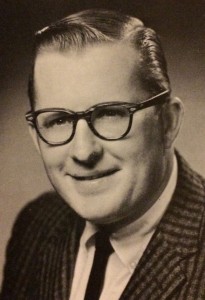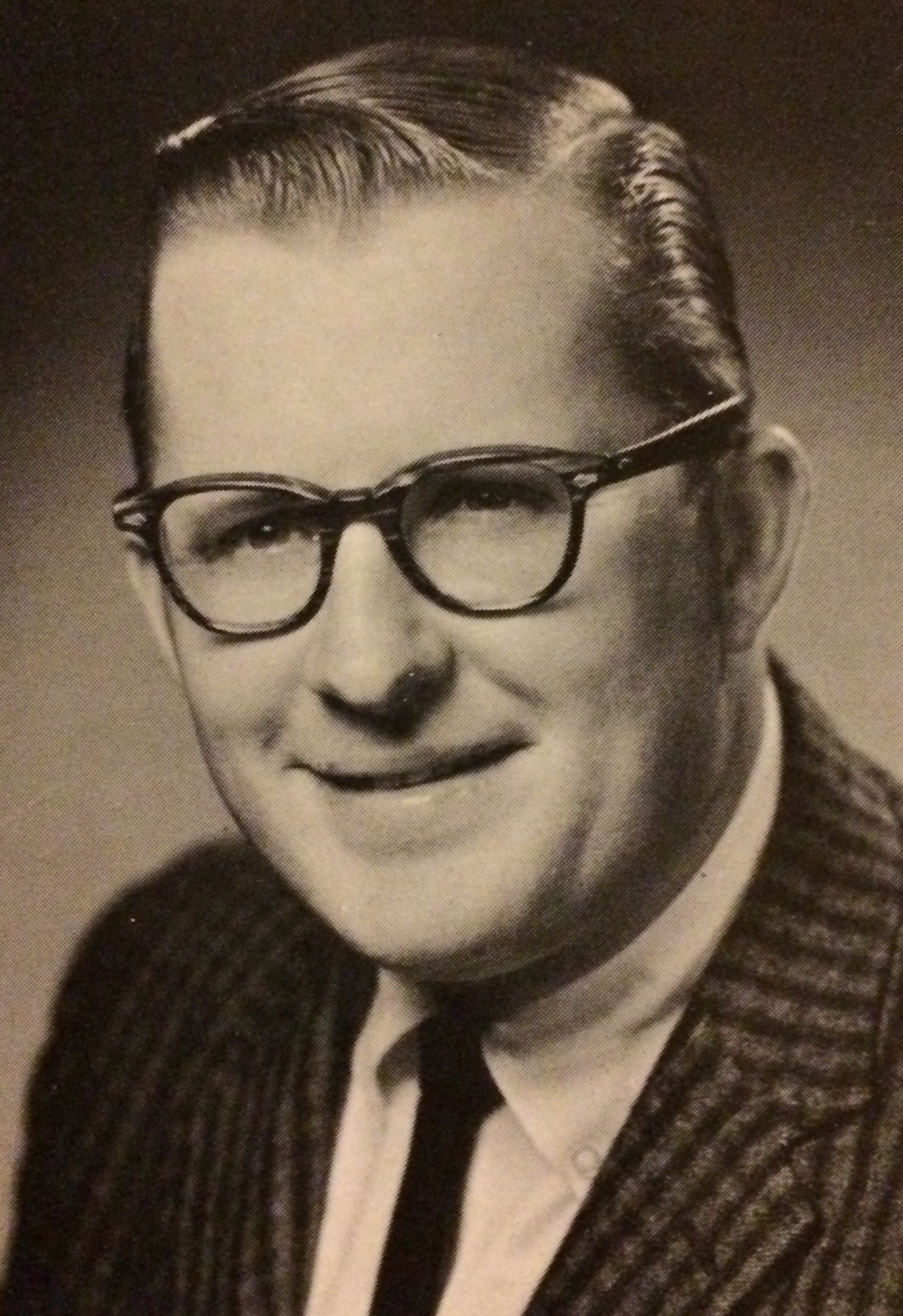
It’s hard to believe there was a time when Sachem Football was still a fledgling program, still new to the community, still trying to become a success on the landscape of Suffolk County athletics. That was the 1960s, long before the Flaming Arrows were Long Island champions and a perennial contender.
Even before Fred Fusaro there were two previous head coaches, which means completely different coaching staffs, old faces, old names that are seldom mentioned unless you look at a yearbook from that era or read my research about Sachem history. Truth is Kerry Lawler was the head coach at the program’s inception, from its first JV season in 1959 through 1967. Then Brian Smith took over for three seasons prior to Fusaro’s now legendary arrival in 1971.
One of the men on the original coaching staff from 1960 to 1967 was Jim Reese, a Lake Ronkonkoma native long before Sachem became Sachem, and a former quarterback at the University of Minnesota, as well as a former Mayor of Patchogue. His brother owned Reese’s 1900 pub that still exists today on South Ocean Avenue in Patchogue. He went on to coach high school and college ball after his time at Sachem and still writes about gridders and coaches for various publications, including his own Coach’s Corner blog, which has a large national email syndication.
Reese originally grew up in Queens, but moved to Lake Ronkonkoma when he was 13 and attended Sayville High School, along with all area residents at the time. Just before Sachem was created, students also attended Port Jefferson High. The demographics and district boundaries shifted dramatically once Sachem was centralized in 1955. He credits Walter Dunham, Sachem’s first school chief, with a clear vision of how the district would grow.
“Walter Dunham took Sachem from a little red school house to a giant school district,” Reese said. “No one better at what he did than Mr. Dunham.”
On the gridiron, Reese handled the offense for Sachem and in the classroom he was an English teacher. This was a man who not too many years earlier was the first quarterback in Minnesota history to throw for 200-plus yards in a ball game. At Sachem they ran the T with an unbalanced line. It’s dated now, but it worked then.
He remembers players like quarterback/punter Bob Schmidt (George Washington Univ.), Walter McGroary (Rhode Island), Joe Cipp (Northeastern), the Fabian brothers, Jimmy (Oberlin) and Mike (Susquehanna), as all very good athletes from Sachem in the 1960s.
Cipp, of course, went on to become one of the most successful football coaches in Long Island history at Bellport High, a program he started in 1976. He lived around the corner from Reese near the lake. Reese, in fact, played football with Cipp’s dad, Joe Sr., at Sayville High.
“Joe was a fullback and linebacker,” Reese recalled. “He played very hard and loved the game of football. First kid out and last kid in type of player at practices. Very intense player. A real nice kid. Very coachable.”
In the 1960s, soccer ruled the roost in Sachem. The varsity program was coached by Don Woolley, Sachem’s original coaching icon, who led the school to its first championship in any sport.
“Soccer was the more successful program back then,” Reese said. “A lot of kids who could have been good in football went out for soccer instead. They just liked the sport more, I guess.”
Unclear about Sachem’s first varsity game, or specific details on any game thereafter, Reese did recall the other assistant coaches and role players in the program that helped it grow. He remembers assistants Ralph Ferragamo, Ed Reardon, and JV coaches Jerry Kane and Richard Westerfelt, both Sayville grads. Fred Kreutzer, the baseball coach, handled the PA system at the home games. Nick Germano, from an old Lake Ronkonkoma family, drove the team bus to away games.
Reese left Sachem and his $5,000 a year teaching salary in 1967 and took a job with IBM. Lawler left to become the head coach at Bayport High School. Their teams, players, games and inaugural mark on Sachem history will be remembered in the numbers, the box scores and the stories.
-Words by Chris R. Vaccaro
